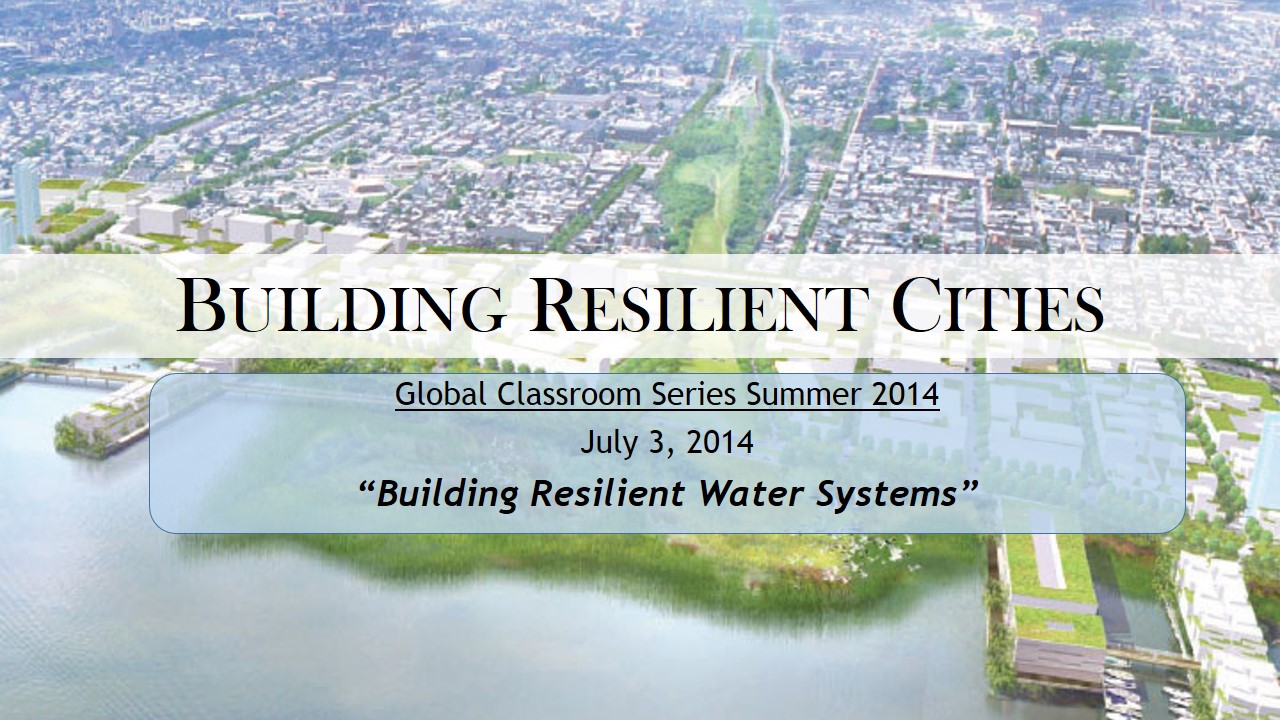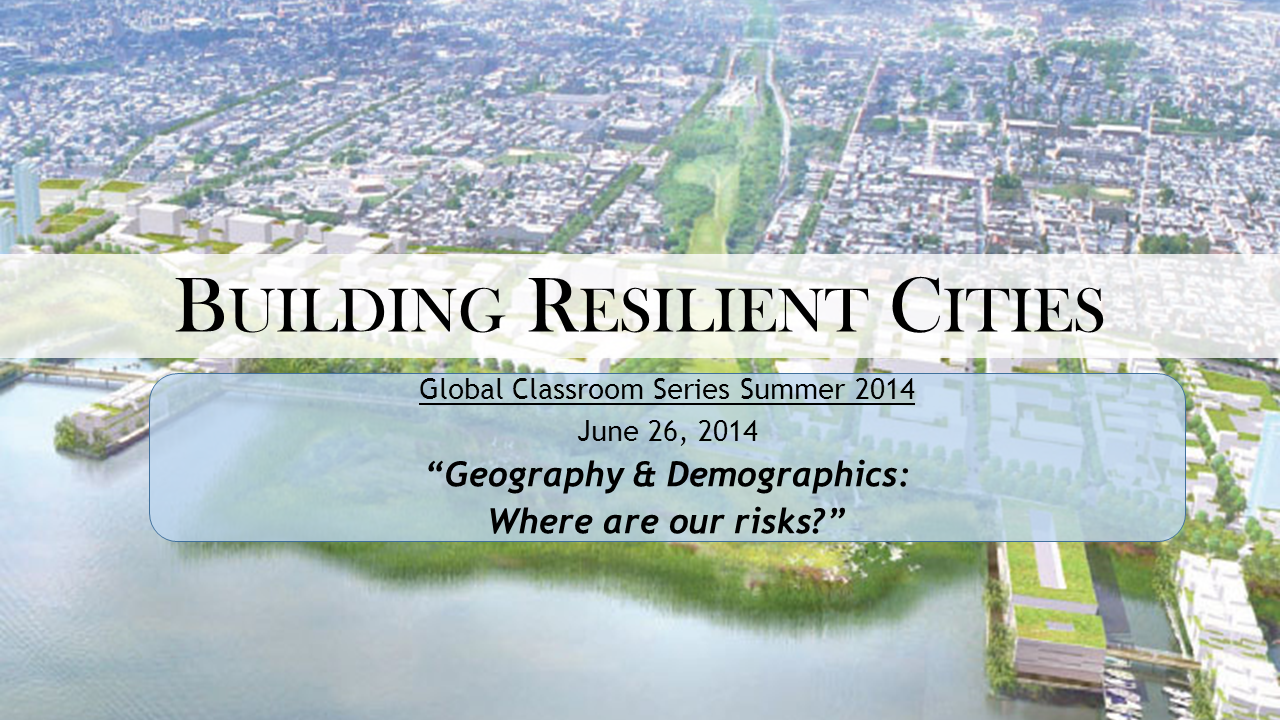Resilient Cities 12: Resilient San Diego and a Platform for Other Cities
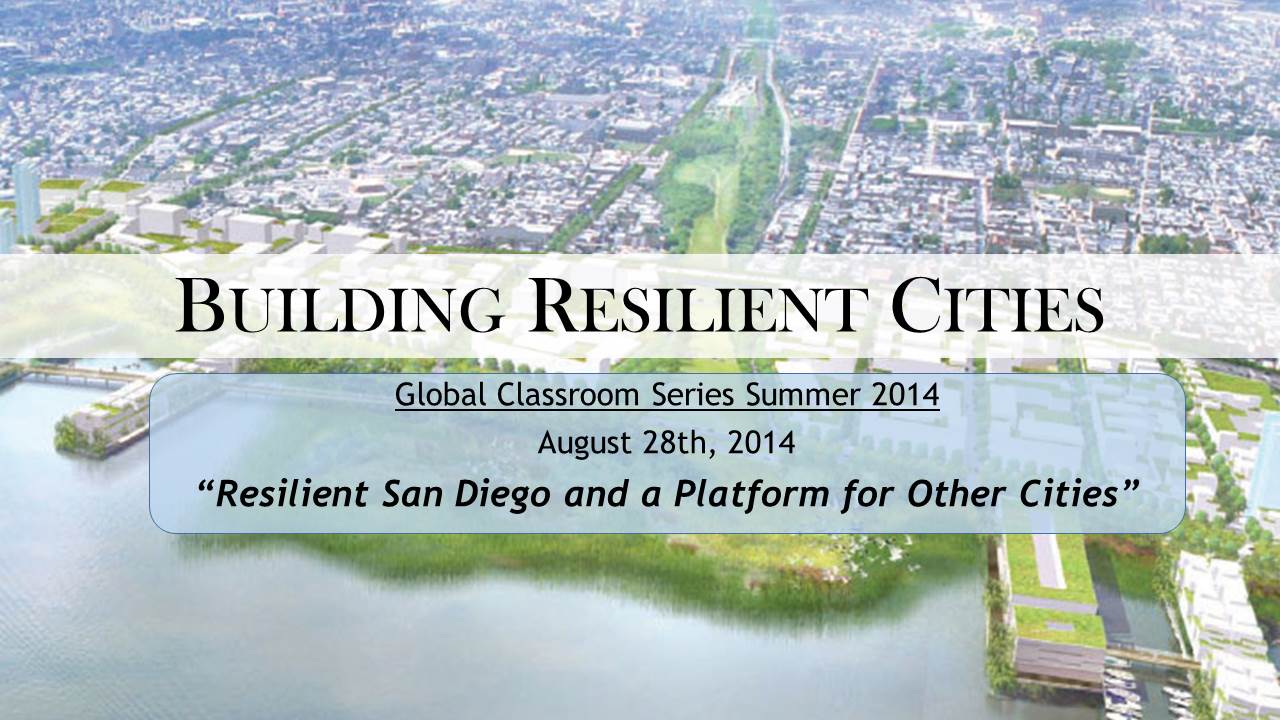 For the past decade, the concept of “sustainability” has dominated climate change conversation around the world. Sustainable development, which aims to meet present needs without sacrificing future well-being, has been an appropriate focus toward the threats that climate change and natural resource depletion pose to our society. However, sustainability is not strong enough, or resilient enough, to stand alone. Global climate change is no longer an event to anticipate and plan for; it is a
For the past decade, the concept of “sustainability” has dominated climate change conversation around the world. Sustainable development, which aims to meet present needs without sacrificing future well-being, has been an appropriate focus toward the threats that climate change and natural resource depletion pose to our society. However, sustainability is not strong enough, or resilient enough, to stand alone. Global climate change is no longer an event to anticipate and plan for; it is a

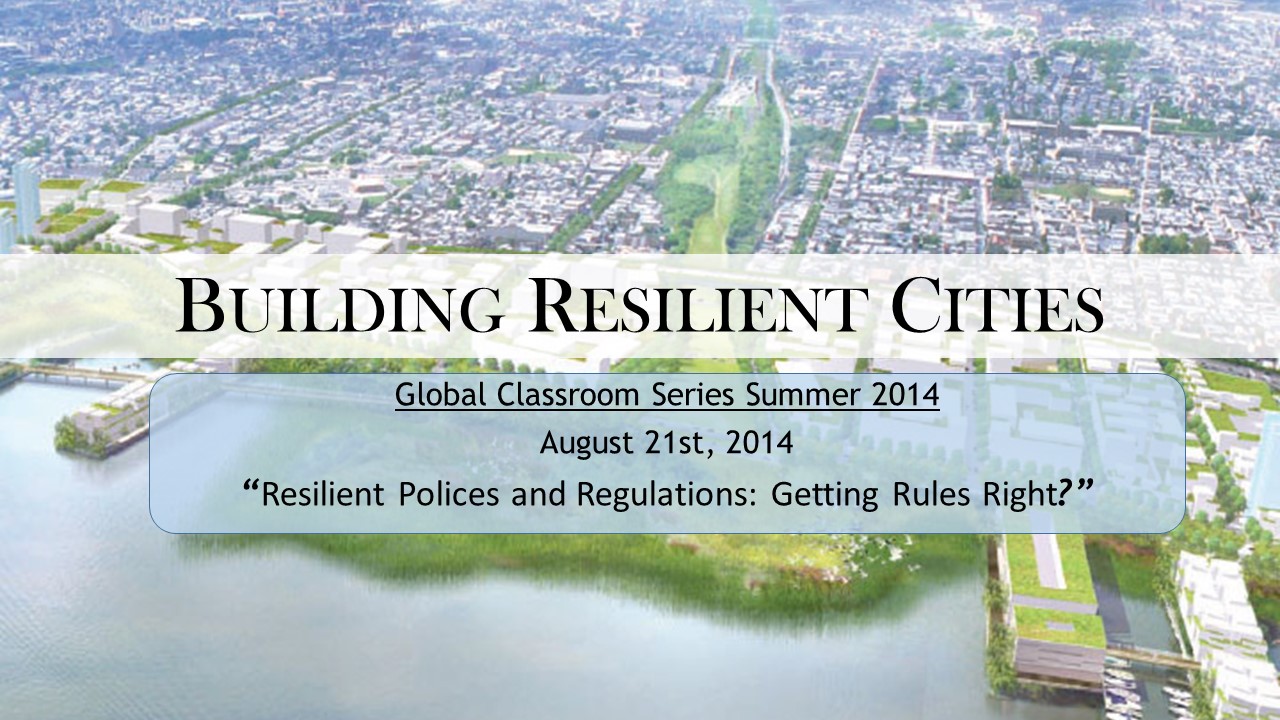
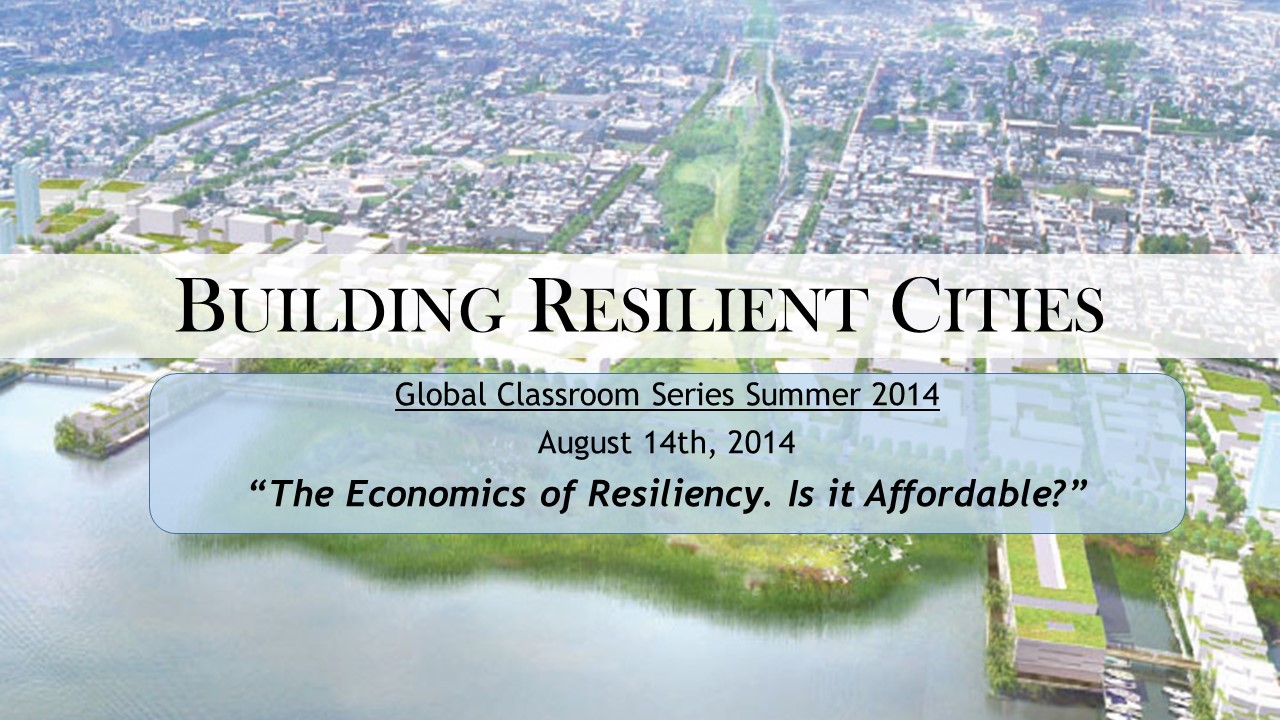
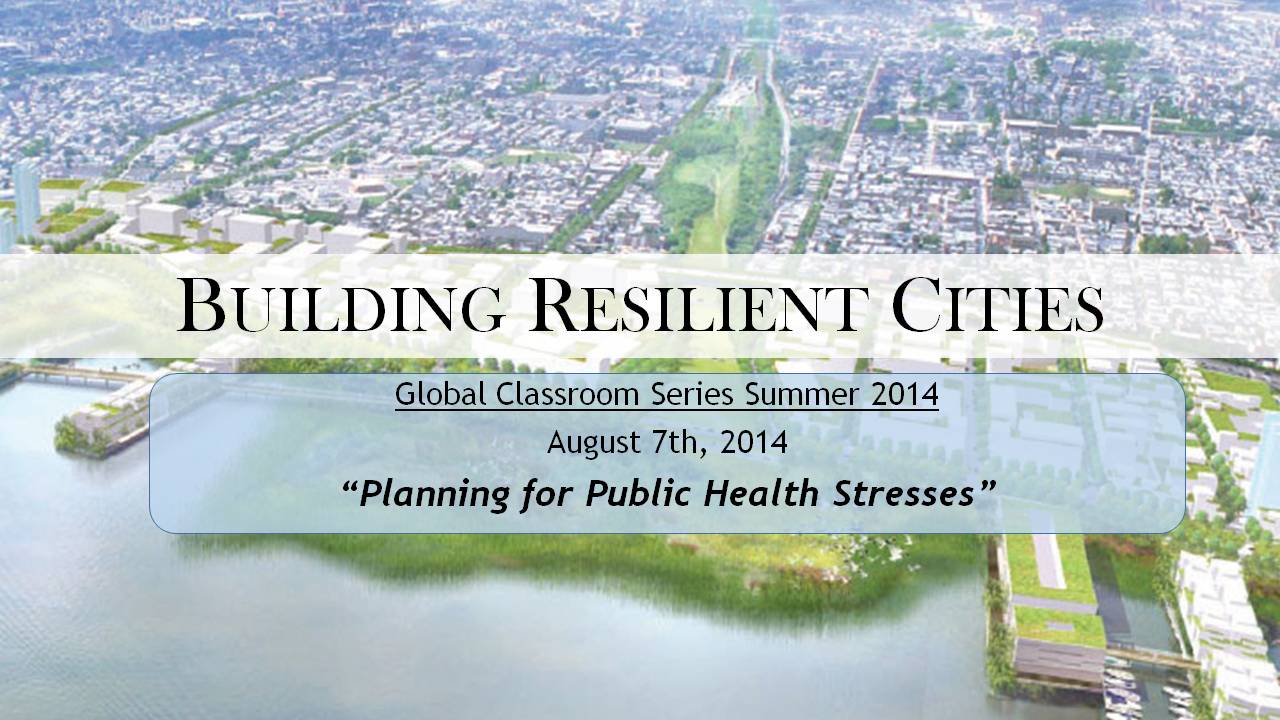
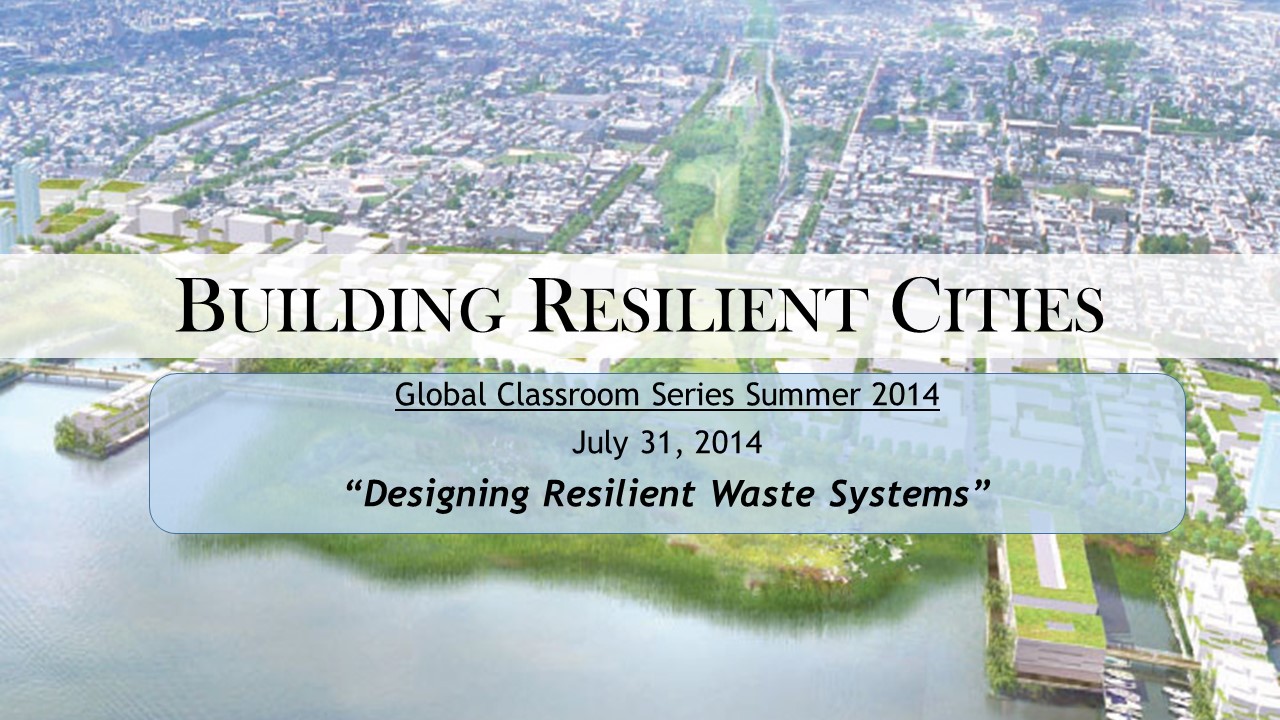 One of the byproducts of an ever increasing population is the municipal waste that we leave behind. This waste exacerbates an already deteriorating climate situation by further damaging air quality and emitting toxic gasses. Given that the typical four-member American family wastes 122 pounds of food each month on average, it is no surprise that the United States produces 70% of the world’s solid waste. However, although we live wasteful lifestyles, the US has a unique platform to make-up by being a leading innovator in reducing waste and building resilient waste systems.
One of the byproducts of an ever increasing population is the municipal waste that we leave behind. This waste exacerbates an already deteriorating climate situation by further damaging air quality and emitting toxic gasses. Given that the typical four-member American family wastes 122 pounds of food each month on average, it is no surprise that the United States produces 70% of the world’s solid waste. However, although we live wasteful lifestyles, the US has a unique platform to make-up by being a leading innovator in reducing waste and building resilient waste systems. 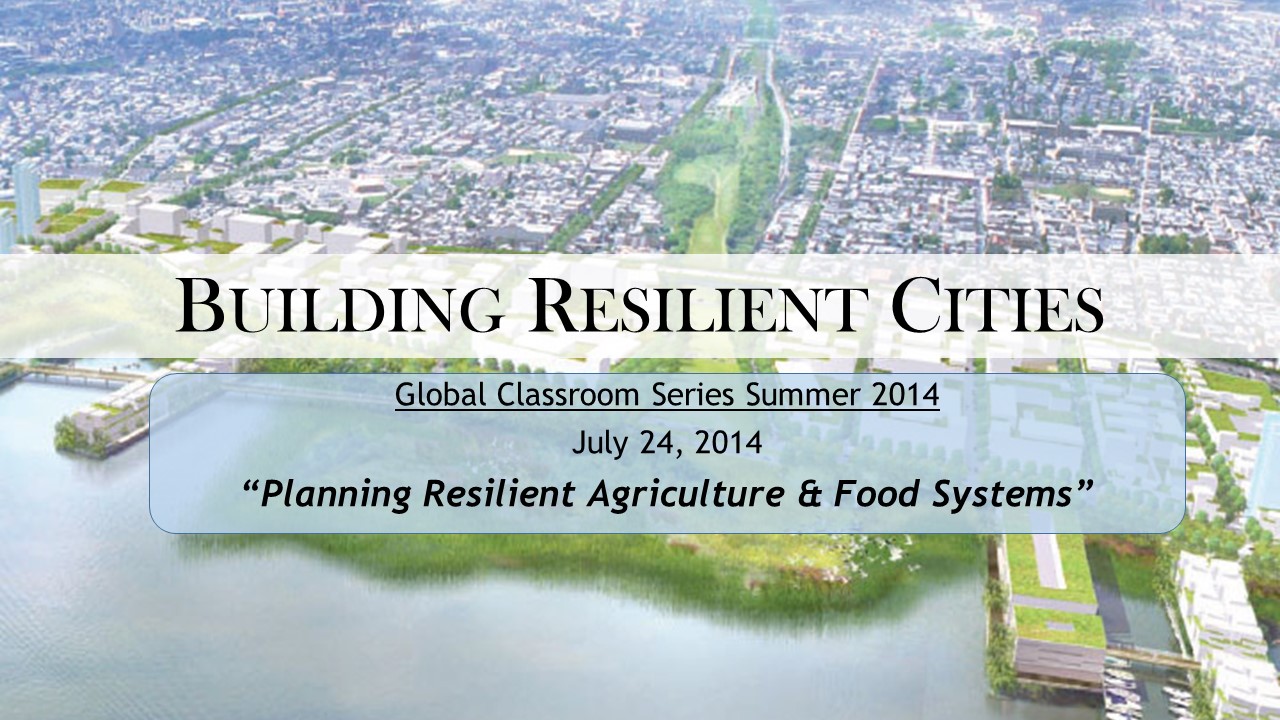 Today, food security, especially in urban cities, is a critical issue. Developing countries are improving their quality of life and, consequently, by 2050 the world will require 70% more food than we produce today to supply not only a growing population but a growing middle class that will be consuming more meat and dairy according to The Earth Institute (Columbia University). Agriculture consumes approximately 70% of our water supply, 34% of land area and contributes between 17%-30% of all greenhouse gas emissions. As a result, not only is agriculture contributing to climate change but it is also suffering from the affects of it.
Today, food security, especially in urban cities, is a critical issue. Developing countries are improving their quality of life and, consequently, by 2050 the world will require 70% more food than we produce today to supply not only a growing population but a growing middle class that will be consuming more meat and dairy according to The Earth Institute (Columbia University). Agriculture consumes approximately 70% of our water supply, 34% of land area and contributes between 17%-30% of all greenhouse gas emissions. As a result, not only is agriculture contributing to climate change but it is also suffering from the affects of it.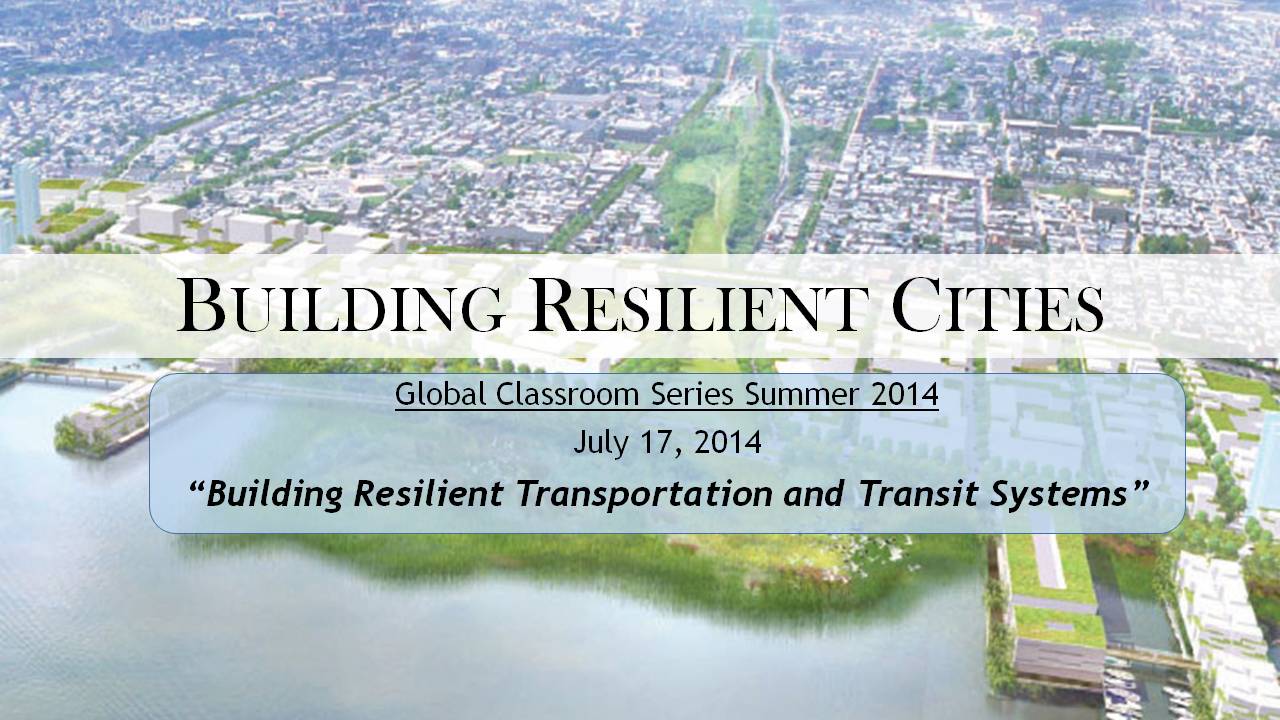 Here in San Diego, California, we are well behind the world’s leading innovators in transportation and even rank poorly in our own country. If the city has any hope to develop in a resilient fashion, it must start with reliable transit options since the system is so directly related to critical issues such as health, economics, and the environment.
Here in San Diego, California, we are well behind the world’s leading innovators in transportation and even rank poorly in our own country. If the city has any hope to develop in a resilient fashion, it must start with reliable transit options since the system is so directly related to critical issues such as health, economics, and the environment.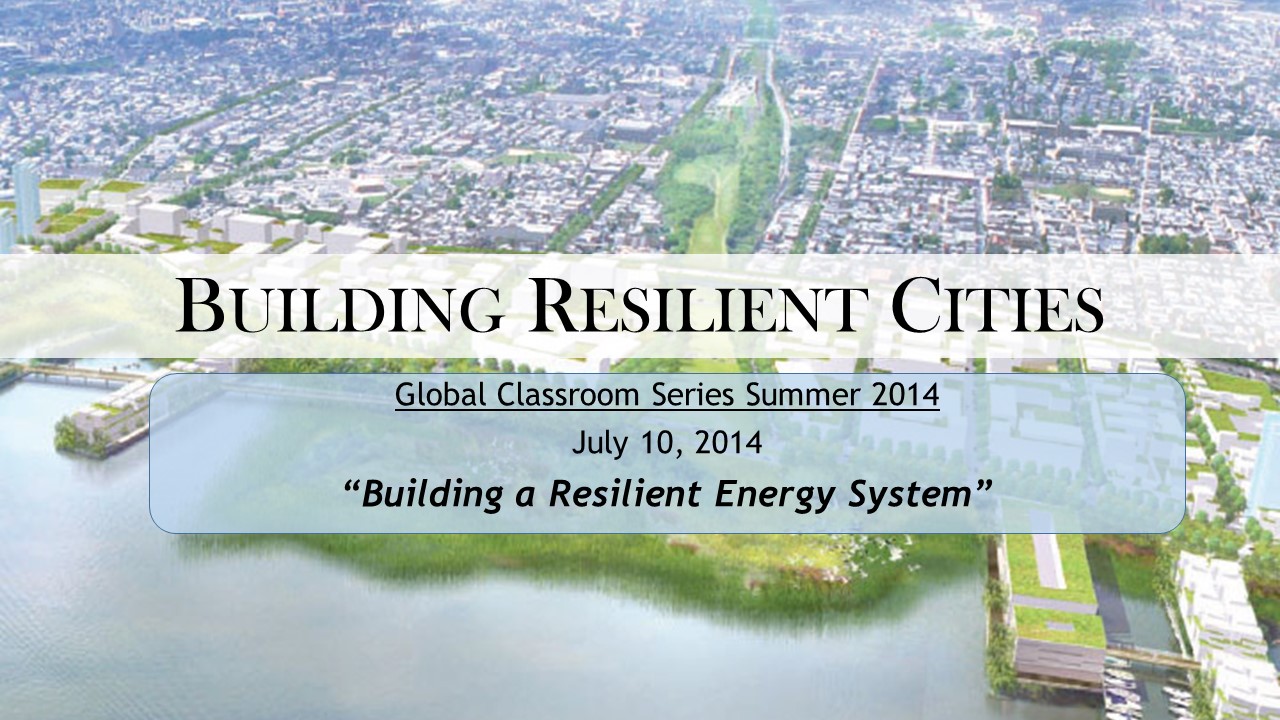 In order to build a more resilient energy system, it is essential for us to shift our energy reliance from fossil fuels to renewable sources. Residential energy use in the U.S. is about six times that of the world, where most of the sources are fossil fuels. San Diego’s largest energy source is natural gas, which accounts for over 60% of its energy supply, while renewables make up only 19%. A majority of San Diego’s renewable energy comes from wind and geothermal sources. San Diego’s wind and geothermal potential alone can satisfy the city’s peak demand of 4500 MW of electricity. This reality creates a strong case for renewable development and integration in our region.
In order to build a more resilient energy system, it is essential for us to shift our energy reliance from fossil fuels to renewable sources. Residential energy use in the U.S. is about six times that of the world, where most of the sources are fossil fuels. San Diego’s largest energy source is natural gas, which accounts for over 60% of its energy supply, while renewables make up only 19%. A majority of San Diego’s renewable energy comes from wind and geothermal sources. San Diego’s wind and geothermal potential alone can satisfy the city’s peak demand of 4500 MW of electricity. This reality creates a strong case for renewable development and integration in our region.